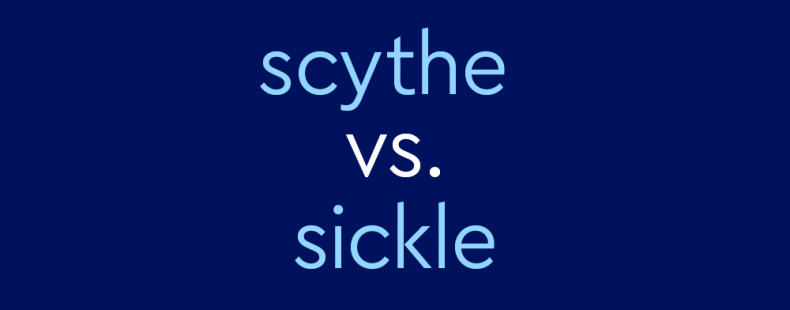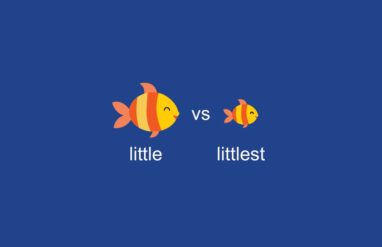Is that farming tool with a curved blade a sickle or a scythe? We ask ourselves that question all the time, and apparently so do you.
The difference is important: one is associated with the Grim Reaper, the cloaked personification of death who’s always shown holding it, and the other is associated with Communism, particularly the flag of the former Soviet Union.
Plus, there are real distinctions between how each one is (or used to be) used in harvesting.
Join us as we explore the sharper points of sickles, scythes, and their different associations.
⚡ Quick summary
Sickles and scythes are both agricultural tools used for harvesting. The sickle is the one with a short handle and a hook-like blade. The scythe has a long handle and a slightly curved blade. The Grim Reaper is traditionally shown holding a scythe. The sickle is the one on the flag of the former Soviet Union and is associated with Communism.
What is a sickle?
A sickle is a farming tool with a C-shaped blade mounted on a small handle (about the size of a hammer handle). It’s meant to be used with one hand, typically to harvest bundles of plants (like grasses or grains) by cutting them at the base.
The sickle appeared on the flag of the Soviet Union along with a hammer in an overlapping symbol that became known as the hammer and sickle. The hammer was meant to represent industrial workers (who worked in factories), while the sickle was meant to represent the peasants (who worked the land). The hammer and sickle is known as a symbol of Communism.
The name Sickle is also used as the name of a group of stars in the constellation Leo that is shaped like the tool.
Leos are known for sometimes being cutthroat individuals. Find out whatever traits they embody.
The shape of the sickle is also behind the name of the medical condition sickle cell anemia, in which the blood cells become shaped like sickles.
What is a scythe?
A scythe is a farming tool with a long, slightly curved blade that’s mounted on a long pole (called a snath). Real-life versions usually have two shorter hand-sized handles attached to the pole—one in the middle and one at the end. Either way, you have to use two hands to properly wield a scythe.
The scythe is used to cut grasses and grains—it’s designed so the blade moves in a plane parallel to the ground.
The verb reap is another word for harvest. The depiction of the Grim Reaper with a scythe isn’t traditionally meant to indicate that the scythe is going to be used to kill the person whom Death has come for—it’s simply supposed to symbolize that the Grim Reaper harvests souls. But, yes, that big blade does look pretty scary with a Halloween costume.
The Old English form of the word was sīthe, and the word acquired its C through a mistaken association with the Latin verb scindere, meaning “to cut with scissors.” Scythe can also be a verb, meaning “to cut with a scythe,” or, more figurative, “to cut down as if with a scythe.”
How do you pronounce scythe?
Scythe is pronounced like sigh with a th sound at the end (the same th sound in the and that). It rhymes with writhe, blithe, lithe, and tithe, in case that helps.
What is the difference between a sickle and a scythe?
A sickle has an almost circular blade and a short handle—it’s designed to be held with one hand. A scythe has a long, slightly curved blade that’s attached to a long pole, often with two handles attached—it’s designed to be held with two hands.
The advent of modern farm equipment has greatly reduced the wide-scale use of sickles and scythes, though they are still used in some cases. Today, they are best known through their use in symbolism. The scythe is an accessory of the Grim Reaper. The sickle is known as part of the hammer and sickle symbol of Communism.













